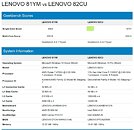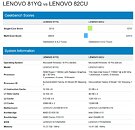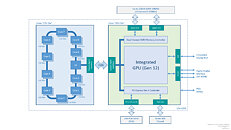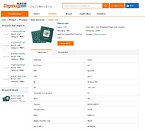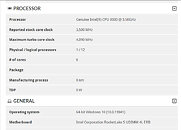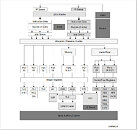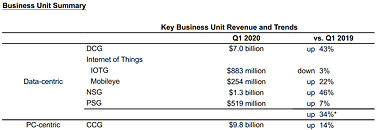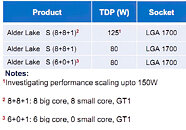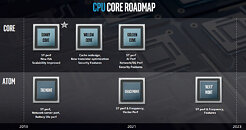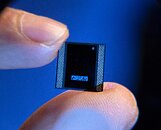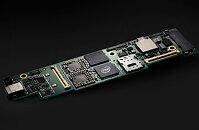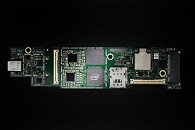
Intel Ice Lake Xeons Feature Slower Frequency Ramp Up
As we approach the launch of the Intel's Ice Lake-SP Xeon processors, which will be the company's first 10 nm product for servers, we find more details on the ways CPU operates and today's discovery is an interesting one. In the latest patch submitted to Linux kernel by Intel's engineers, we find out that Intel Ice Lake Xeons have a slower frequency ramp up, meaning that there could be some latency added. However, the engineers have patched this and it should perform as expected. The patch is described as the following: "On ICX platform, the CPU frequency will slowly ramp up when woken up from C-states deeper than/equals to C1E. Although this feature does save energy in many cases this might also cause unexpected result. For example, workload might get unstable performance due to the uncertainty of CPU frequency. Besides, the CPU frequency might not be locked to specific level when the CPU utilization is low."

